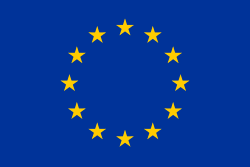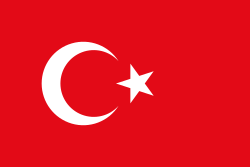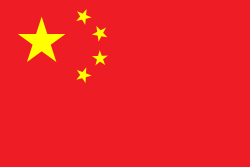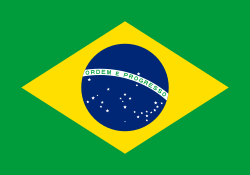Malaysias Grand Prix 2006
 | |
| Datum | 19 mars 2006 |
|---|---|
| Bana | Sepang International Circuit |
| Sträcka | 56 × 5,543 = 310,408 km |
| Vinnare | Giancarlo Fisichella, Renault |
| Pole position | Giancarlo Fisichella, Renault |
| Snabbaste varv | Fernando Alonso, Renault, 1:34,803 |
| Temperatur | luften 33 °C, banan 38 °C |
Malaysias Grand Prix 2006 var det andra av 18 lopp ingående i formel 1-VM 2006.
Rapport
Renault kom etta och tvåa. Giancarlo Fisichella ledde i princip från start till mål. Fernando Alonso körde upp från en sjunde plats i starten till en slutlig andraplats. Jenson Button, som startade från den andra startrutan, tog den tredje pallplatsen.
Resultat
- Giancarlo Fisichella, Renault, 10 poäng
- Fernando Alonso, Renault, 8
- Jenson Button, Honda, 6
- Juan Pablo Montoya, McLaren-Mercedes, 5
- Felipe Massa, Ferrari, 4
- Michael Schumacher, Ferrari, 3
- Jacques Villeneuve, BMW, 2
- Ralf Schumacher, Toyota, 1
- Jarno Trulli, Toyota
- Rubens Barrichello, Honda
- Vitantonio Liuzzi, Toro Rosso-Cosworth
- Christijan Albers, MF1-Toyota
- Tiago Monteiro, MF1-Toyota
- Takuma Sato, Super Aguri-Honda
Förare som bröt loppet
- Nick Heidfeld, BMW (varv 48, motor)
- Scott Speed, Toro Rosso-Cosworth (41, koppling)
- Yuji Ide, Super Aguri-Honda (33, mekaniska problem)
- Christian Klien, Red Bull-Ferrari (26, hydraulik)
- Mark Webber, Williams-Cosworth (15, hydraulik)
- David Coulthard, Red Bull-Ferrari (11, hydraulik)
- Nico Rosberg, Williams-Cosworth (6, motor)
- Kimi Räikkönen, McLaren-Mercedes (0, olycka)
Noteringar
- Jacques Villeneuve tog BMW Sauber:s första poäng.
- Michael Schumacher, David Coulthard, Rubens Barrichello, Felipe Massa och Ralf Schumacher hade samtliga gjort motorbyten och flyttades därför bakåt i startfältet.
- Renaults första dubbelseger sedan Frankrikes Grand Prix 1982 då René Arnoux och Alain Prost kom etta och tvåa.
VM-ställning
Förarmästerskapet
| Konstruktörsmästerskapet
|
| ||||||||
Media som används på denna webbplats
The Flag of Europe is the flag and emblem of the European Union (EU) and Council of Europe (CoE). It consists of a circle of 12 golden (yellow) stars on a blue background. It was created in 1955 by the CoE and adopted by the EU, then the European Communities, in the 1980s.
The CoE and EU are distinct in membership and nature. The CoE is a 47-member international organisation dealing with human rights and rule of law, while the EU is a quasi-federal union of 27 states focused on economic integration and political cooperation. Today, the flag is mostly associated with the latter.
It was the intention of the CoE that the flag should come to represent Europe as a whole, and since its adoption the membership of the CoE covers nearly the entire continent. This is why the EU adopted the same flag. The flag has been used to represent Europe in sporting events and as a pro-democracy banner outside the Union.Författare/Upphovsman: Will Pittenger, Licens: CC BY-SA 3.0
Track map for Sepang International Circuit.


















